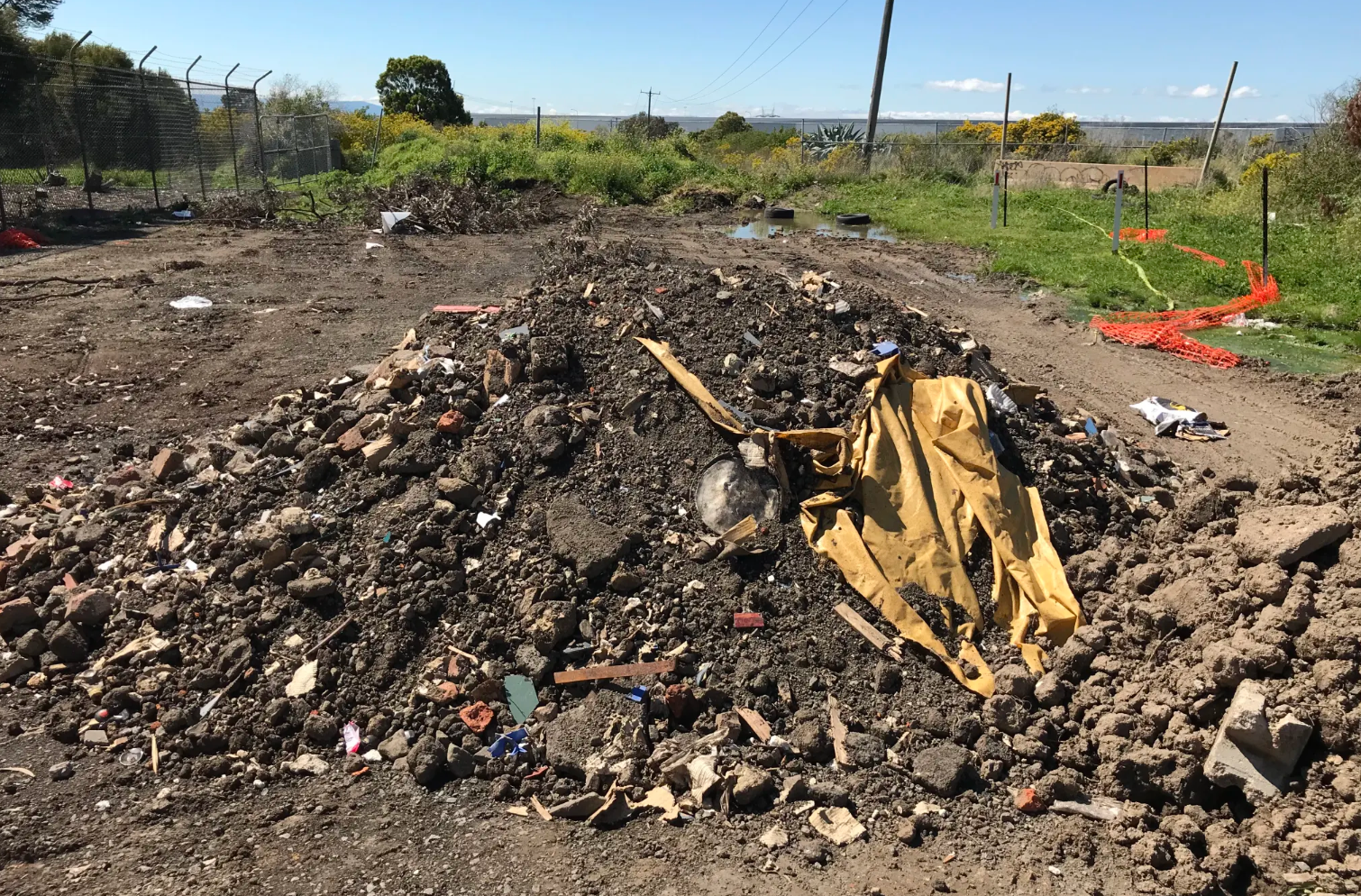
The Importance of Environmental Due Diligence
When investing in real estate, due diligence is a crucial step in protecting your financial and legal interests. One of the most overlooked but potentially costly aspects of property acquisition is contaminated land and hazardous materials risk. Failure to assess environmental liabilities can lead to unexpected environmental liability, cleanup costs, legal issues, and project delays.

Fill importation: common risks and protective measures
By accepting contaminated waste onto a property, owners or persons conducting a business or undertaking (PCBU) are inadvertently breaking the law and can be left responsible for any clean-up costs. The best way to prevent financial and environmental risk associated with contaminated fill is for it to never reach the property in the first place.

Underground fuel storage: how to manage a common pollution risk
Leaks from underground fuel tanks and pipework are a common source of soil and groundwater contamination in Australia. Many of the contaminated sites notified to the Environment Protection Authority (EPA) have involved underground petroleum storage systems (UPSS). There is a clear need for operators of a UPSS to guard against, monitor for, and fix fuel leaks promptly. This can reduce environmental impacts, save costly clean-ups and protect the public.

Lead paint: health risks and management
Lead is a toxic metal that can cause a range of health problems when ingested or inhaled. All forms of lead can be hazardous to your worker’s health and sometimes also to those around your workplace. Lead exposure can potentially cause reproductive issues, hypertension, nerve disorders, and memory and concentration problems.
In December 2017, a new Australian Standard (AS/NZS 4361.2:2017 Guide to hazardous paint management Lead paint in residential, public and commercial buildings) was published for management of lead paint in buildings which saw a major change in the safe concentration standard, which was reduced from 1.0% lead down to 0.1%. The Standard now reflects the paint manufacturing definition of lead-free which has been 0.1% concentration since 1997.

The hidden dangers of asbestos in commercial buildings
Asbestos, a naturally occurring mineral, was widely used in Australian commercial construction until the late 1980s due to its durability, fire resistance, and insulating properties. Commonly found in products like roofing, insulation, floor tiles, and cement, asbestos can still be present in buildings constructed or renovated before its complete ban in 2003.

An introduction to the Australian contaminated land industry
Australia's industrial history, much like other developed nations, has left a legacy of contaminated land sites. Past activities such as manufacturing, mining, landfills, and chemical and fuel storage have the potential to have impacted soil and groundwater with harmful chemicals which pose environmental and health risks. The contaminated land industry in Australia is focused towards identifying, managing, and remediating such sites.
